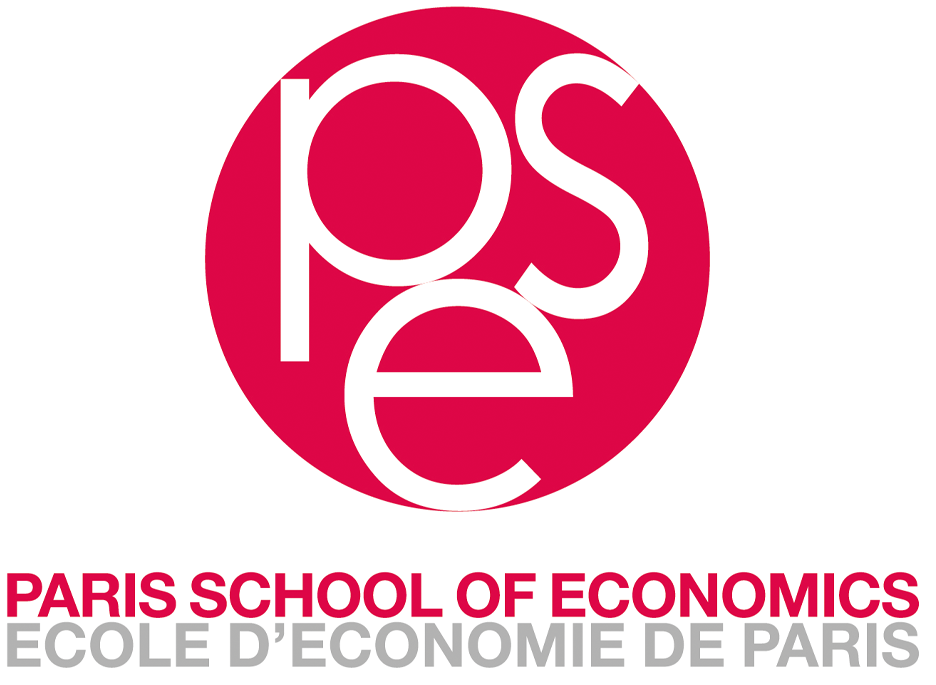02RB 2022: Video Training for Research Impact, Academic Engagement and Science Communication

INGE DANIELS
- Professor of Anthropology – Institute of Social & Cultural Anthropology
- University of Oxford
- Video 4 Impact – O2RB – 2022
I am a social anthropologist who focuses on the study of material and visual culture. My research interests include gift exchange and economic anthropology, the commodification of religious forms, the material culture of luck, amateur photographic practice, the anthropology of (domestic) space and the built environment, ethnography and exhibition display. My main fieldwork site is Japan where I have lived and worked for more than seven years, and where I have conducted several long-term ethnographies.
For my PhD at the University College London (2001) I followed a famous souvenir/charm – the Miyajima rice scoop – as it moved through time and space (Munn 1979) from its production in factories and craft shops, via sales in souvenir shops and temples on Miyajima island (south of Hiroshima) to its consumption in urban homes in the Kansai region (Osaka, Kobe, Kyoto). This work reaches important conclusions about the relationship between the gift and the souvenir and the role of every day, functional goods in the creation of spiritual and social value. One of the main outcomes of this project was an exhibition called ‘Souvenirs in Contemporary Japan’ at the British Museum (2001) that explored the various ramifications of souvenirs for producers, distributors and consumers in Japan. A subsequent article published in the JRAI focuses on the material properties of things and questions the supposed opposition between the religious and the commercial, and the functional and the aesthetic (2003).
My monograph, The Japanese House, formed the concept and the catalogue for a multi-sensory, immersive exhibition ‘At Home in Japan – Beyond the minimal house’, held at the Geffrye Museum in London in 2011. Through this exhibition, I aimed to foster a better understanding of everyday life inside contemporary urban Japanese homes, thereby enhancing the appreciation of Japanese culture, and demonstrating the fallacy of the traditional minimalist stereotype with which it is commonly associated. Based on my ethnographic data the exhibit recreated a standard Japanese flat that was filled with everyday objects donated by participants in her research, while taped sounds and life-size photographs taken inside the homes studied, as well as written commentary by both myself and the Japanese participants, were employed to evoke what it feels like to be at home in contemporary Japan. This multi-modal approach does not treat culture and experience as text, but creates an immersive space filled with everyday goods (instead of unique iconic objects) that visitors can explore with all their senses. Thus, people could put on slippers, look inside closets, open drawers, try on clothing, sit on chairs and sofas, and generally pick up and handle any of the objects used in the exhibition. Importantly, the exhibition did not assume one mode of ‘passive’ learning, but, by stressing complexity and ambiguity, it challenged any totalizing view and aimed to foster a more personal, intuitive understanding, thereby empowering both the audience and those depicted.





































